1936: A Changing and Uncertain Landscape
Point Loma was beginning the most successful run in school history.
—Banks and creditors foreclosed on the Garnet Avenue property in Pacific Beach on which San Diego Army and Navy Academy had been a fixture since 1910.
—School districts sprung up in Encinitas and Vista, creating a revamped Southern Prep League and an enrollment shortfall at Oceanside.
—Hoover became a member of the big league.
—President Franklin Roosevelt swamped Kansas governor Alf Landon, who received only 3 electoral votes, and won re-election as the nation, and the world, staggered through a seventh year of the Great Depression.
POINTERS CHANGE DIRECTION
Point Loma, which began competing in maroon and gold in 1926, was an undistinguished 32-31-7 in its first 10 seasons.
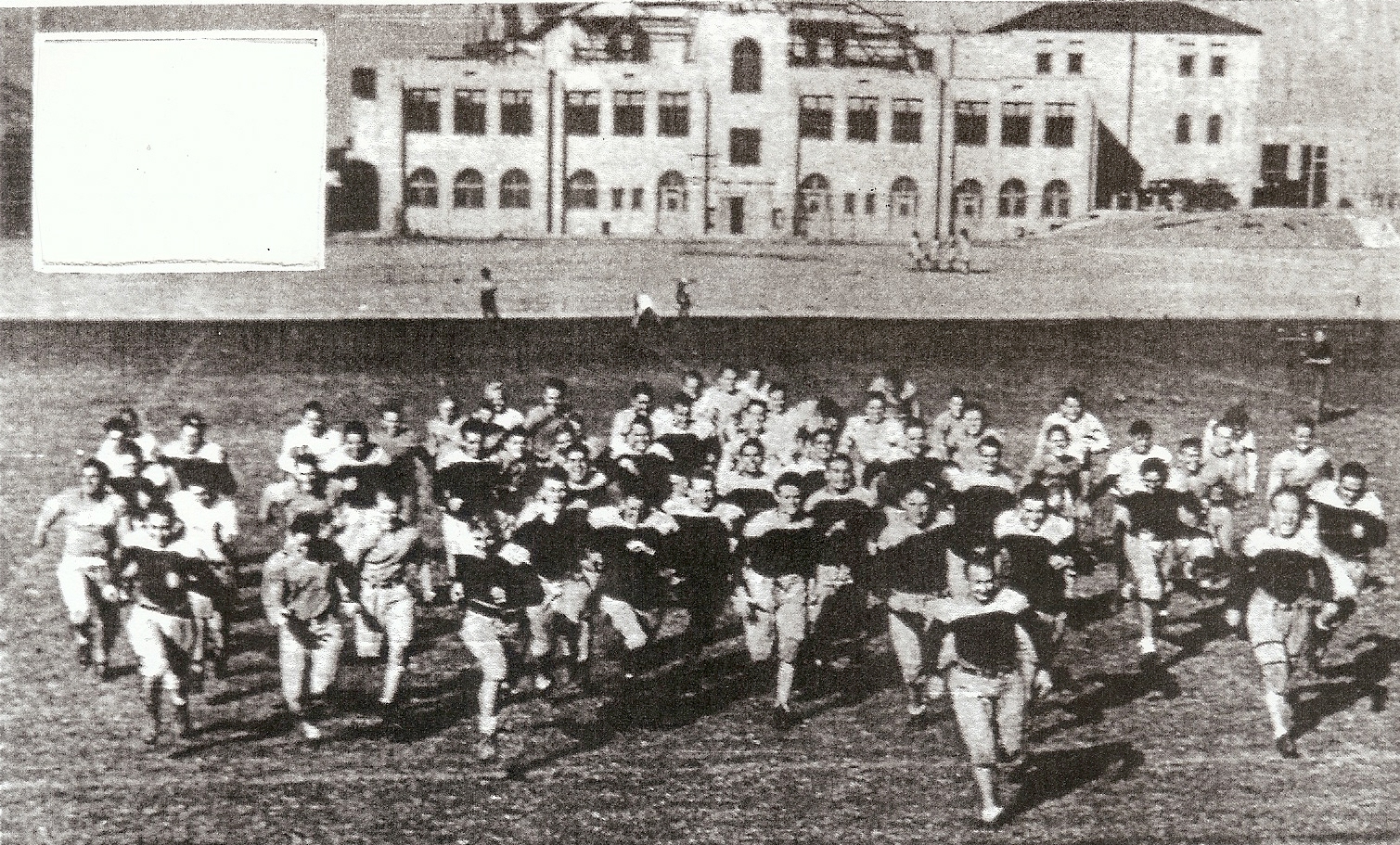
One of the seasons included the 6-4 record of first-year coach Joe Beerkle in 1935. Beerkle was just beginning.
An undefeated, 6-0-1 1936 campaign was to be followed by an 8-0 in ’37, which resulted in Beerkle’s being elevated to the head job at San Diego High in 1938.
Charlie Wilson replaced Beerkle and kept the team pointed in the winning direction through most of 1940. The Pointers’ record for almost five seasons was 32-1-4, as many wins as in their first 10.
Point Loma’s streaky history is full of other distinctive eras: 25-4-3 from 1949-52 under Don Giddings, 23-4-4 from 1965-67 with Bennie Edens at the helm, and 62-20-2 under Edens, 1981-87.
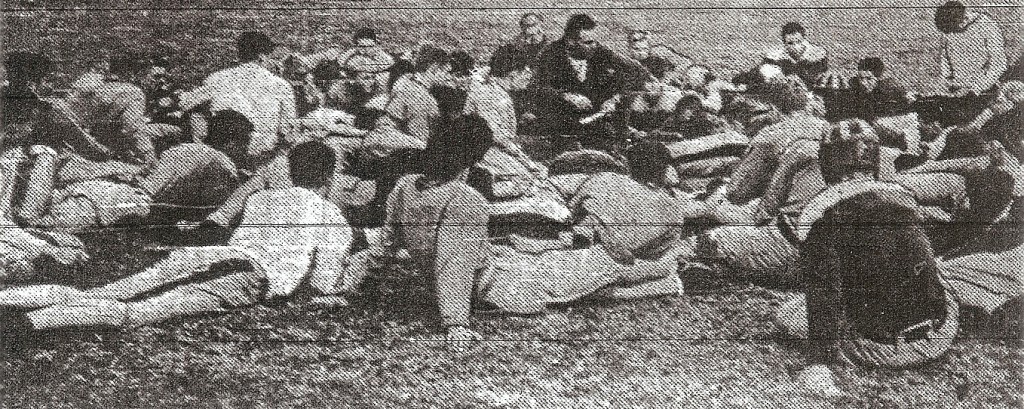
ARMY-NAVY IN ARREARS
Col. Thomas Davis, who founded the San Diego Army and Navy Academy boarding school 26 years before, was caught in the economic shutdown and forced to vacate the Pacific Beach property.
The determined Davis regrouped in Carlsbad later in the year and formed the Davis Military Academy at the abandoned Red Apple Inn. Thirty-seven cadets enrolled.
The Army-Navy property in Pacific Beach was sold to John Brown University and would be renamed Brown Military Academy in 1937.
Davis Military Academy also would change names, going back to The San Diego Army and Navy Academy in 1938.
In 1944 the “San Diego” was dropped from the name of the Carlsbad school.
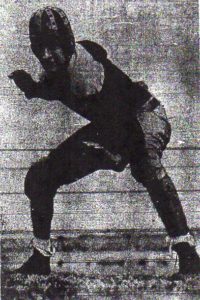
FAR-FLUNG CIRCUIT
Army-Navy, despite the foreclosure, played a limited football schedule as it moved from the Metropolitan League to the returning Southern Prep loop.
The Southern, known as the County League in the 1920s, had been on hiatus since 1933, when the Metropolitan League was born and took all of the Southern schools.
Restructuring of the Southern this season resulted in an eight-team alignment of very small programs, beginning near the Pacific Ocean in Carlsbad and stretching East to Campo, almost 90 miles away in the Laguna Mountains.
3 TO PLAY TOUCH FOOTBALL
Two new high schools, Vista and San Dieguito were created, moving students away from Oceanside High.
Other Southern Prep League members included Fallbrook, Julian, Mountain Empire, Ramona, Davis Military, and Army-Navy.
A five-game league schedule was released, with only the games of Fallbrook, San Dieguito, and Vista counting in the standings.
Fallbrook High, in existence since 1893, was playing football for the first time.
Ramona, Julian, and Mountain Empire also had been around a long time, but were going to play only a version of two-hand touch football. There was no record of Davis Military playing games.
MENA MEANDERS
The game at Phoenix was not a new adventure for San Diego halfback Sal Mena. He was a member of Texas’ El Paso High Tigers, who played Phoenix in 1935.
Mena proved to be an outstanding transfer for the Cavemen. Mena made the second all-Southern California team and went on to USC, three seasons later being one of five San Diegans to play for the Trojans in the 1939 Rose Bowl versus Duke.
Mena’s Trojans teammates included Joe Shell and Roy Engle (Hoover) and Ben Sohn, and Ambrose Schindler (San Diego).
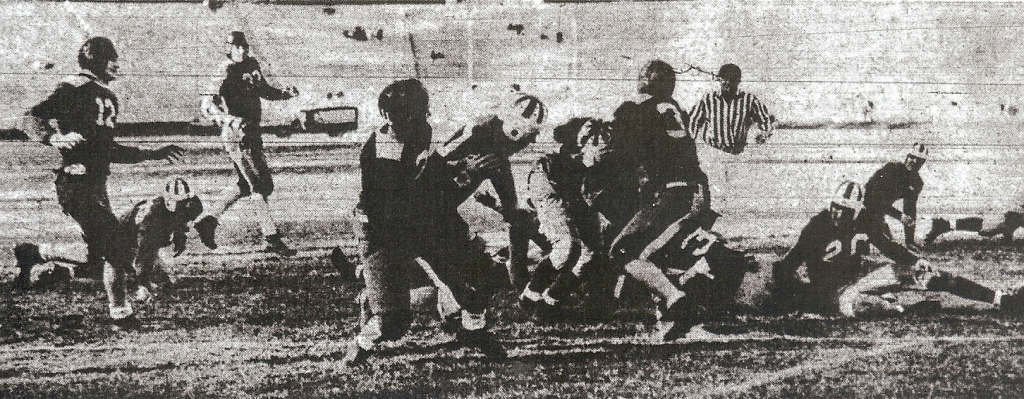
OCEANSIDE ‘PIRATED’
Vard Hunt, who replaced Blanchard Beatty as Oceanside coach after Beatty’s squad posted a school-record, 8-2 season, didn’t like the question regarding the Pirates’ chances in 1936.
“With the loss of fifteen lettermen, the enrollment dropping from 540 to 343, you ask me that question?” replied Hunt. “I’ll be able to put a team on the field that will in no way compare to last year’s.”
Hunt’s squad was a strong 5-2, but no match for the league’s elite, 7-1-3 Escondido or 6-0-1 Point Loma.
The game of the season between Escondido and Point Loma ended in a 0-0 tie.
The peninsula team backed into the championship the following week when, their season complete, the Pointers watched as Escondido was tied by Grossmont, 0-0.
COUGARS TIE & LOSE
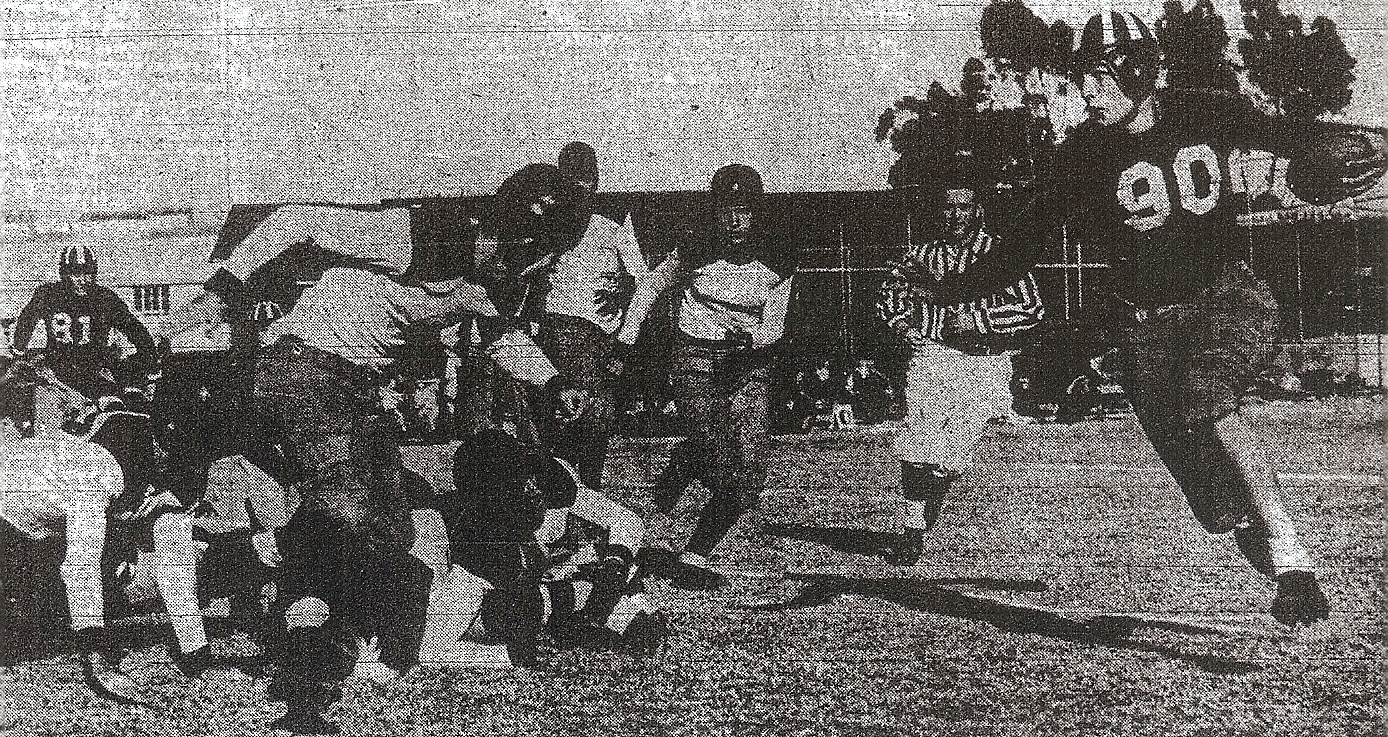
Point Loma, as would become its custom, declined an opportunity to participate in the Southern California playoffs. After yet another tie, 13-13 with El Centro Central, Escondido’s season ended in the championship game of the Southern Section’s Southern Division group.
The host Spartans scored a touchdown with 40 seconds remaining in the game, then kicked a point after to tie the score 13-13. The Spartans were declared champions by virtue of an advantage in first downs, 12-5, for which they were given a point and an unofficial total of 14 points.
TO HELL AND BACK
A brutal, early-morning trip was worth it to the sleepy Hoover Cardinals, who boarded a bus at about 5:30 for a 135-mile ride to Beverly Hills and a 10:30 a.m.game. Falling behind 13-0 in the first five minutes the somnambulant Cardinals rallied to win, 14-13.
The victory ended a contentious week.
As part of their alignment in the Bay League, the Cardinals and Normans played “home-and-home” games each season. Hoover won, 18-0, at home in 1935.
It was accepted that if either were to change leagues they’d still meet in the second year of the home-and-home, which meant a 1936 game at Beverly Hills.
The Los Angeles team wanted to back out after Hoover moved from the Bay League to the Coast League this year.
The Normans were coached by ex-San Diego State mentor Walt Herreid.
Herreid early in the week of the scheduled game placed a telephone call to Hoover coach John Perry and told Perry the Normans’ field was “torn up” (from recent rains) and suggested a cancellation.
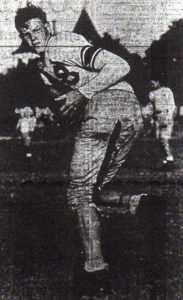
A DEAL’S A DEAL
Herreid also told Perry he wasn’t satisfied with the split of the gate receipts, which Herreid felt favored the visitors.
Perry and Hoover principal Floyd Johnson wanted no part of a Beverly Hills ploy and insisted on getting the game in.
The Cardinals already had a rainout with Redlands at Hoover.
Herreid finally cut to the chase and told the Hoover representatives that his team didn’t want to play on the scheduled Saturday because they’d “miss seeing college games in the afternoon.”
Beverly Hills finally backed down, after the Cardinals said they would play the game at a time of Beverly Hills’ choosing, which was 10:30 a.m.
Topping off the victory, the Hoover squad motored to the Los Angeles Coliseum and took in the USC-Oregon game later in the day.
Beverly Hills’ maneuvering was just one of many over the years aimed at teams from the “border town”.
UNHAPPY TRAVELERS
Hoover principal Floyd Johnson had received a statement in the spring that members of the Bay, which included Beverly Hills, Redondo Beach Redondo, Inglewood, Santa Monica, Compton, and Long Beach Wilson would no longer participate in sports contests that required travel of at least 100 miles each way.
The Cardinals felt their partners/rivals were “freezing” them out of the loop.
Another indignity was a curious, late change in timing for the 1936 league track championships at Wilson from the afternoon to the morning supposedly to allow coaches to attend the track meet between the San Francisco Olympic Club and the USC Trojans.
Hoover’s thinclads “would have to tumble out of the mattresses” at about 4:30 a.m. and board buses an hour later.
Independent from the school’s opening in 1930 through 1934, Hoover was part of the inaugural Bay League a year later and would be on the move again and Wilson would go with the Cardinals and join San Diego, Long Beach Poly, Alhambra, and Santa Ana.
Coach John Perry was returning to the Coast League and Hoover was stepping up, in its seventh season of football.
After posting a 7-1-1 record and winning the Bay League in 1935, the Cardinals advanced to the most prestigious circuit in Southern California and were in the same league for the first time with San Diego High.
PERRY CORRECT, BARELY
The Cardinals were 5-0-1 against Beverly Hills, Inglewood, Long Beach Wilson, Santa Monica, and Redondo Beach Redondo the previous year.
Although facing a much tougher schedule, “We won’t end up in last place,” declared Perry.
John got that right, but he wasn’t celebrating.
Hoover was 1-4 versus Long Beach Poly, San Diego, Long Beach Wilson (also moving from the Bay League) Alhambra, and Santa Ana, which the Cardinals defeated 7-2.
Perry and San Diego High coaching rival Glenn Broderick greeted more than 160 athletes as the two schools opened practice under a hot Labor Day sun, one week before classes began.
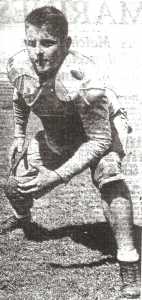
Both coaches mulled the idea of switching two of their most important players.
Don Trimble, a 225-pound tackle and the Cardinals’ only returning letterman starter, wanted to handle the ball and play in the backfield.
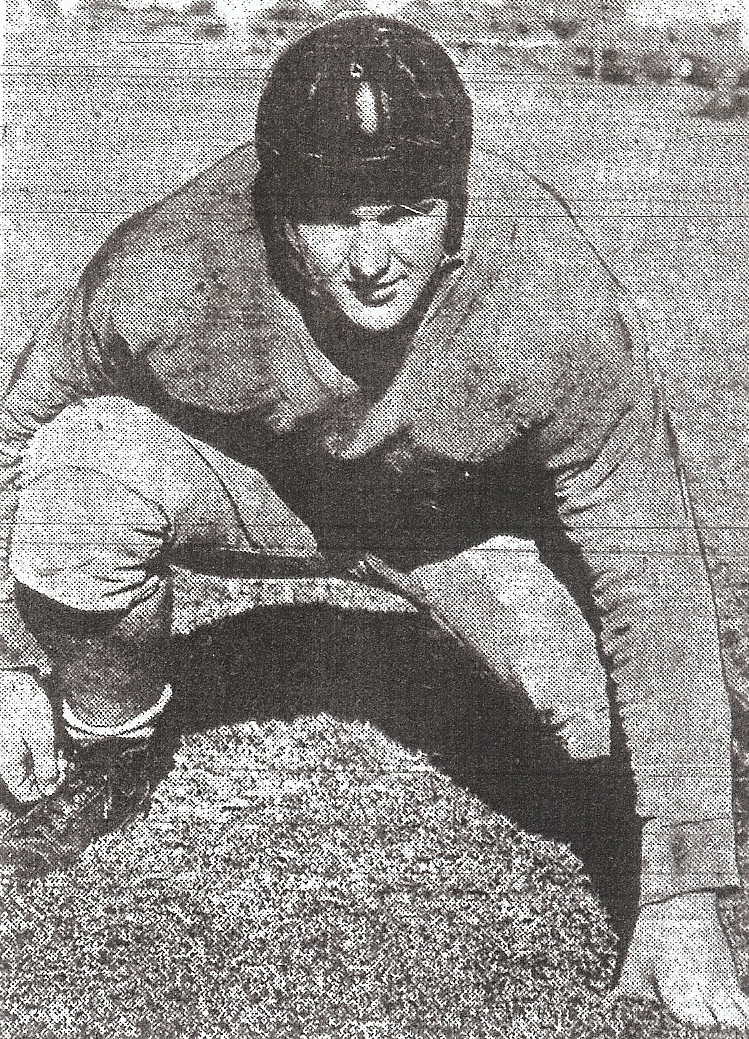
So did Ben Sohn, San Diego’s 230-pound all-Coast League tackle.
Each player lined up differently during the first few days of practice but then returned to their respective dominant positions. Sohn made the all-Southern California third team.
KEEPING TIME
Windy, cool weather and occasional wet skies kept the San Diego-Hoover attendance to 12,000, but fans were treated to the presence of a giant electronic game time clock, purchased with funds collected by San Diego students.
A newly organized Hilltoppers girls drill team and Hoover’s girls tumbling squad performed along with bands from the two schools and the sponsoring Elks Club.
The Cavers got got the most response from the scoreboard, winning, 19-7, as Sal Mena, a transfer from El Paso High in Texas, scored two touchdowns.
AZTEC NEWCOMERS FILL BREECH
Muir Tech of Pasadena cited a conflict in dates and bailed out of the opener with San Diego. Glenn Broderick quickly called San Diego State freshman coach Charlie Smith and scheduled a game the same week.
The big, favored Frosh numbered several members from both the 1935 San Diego and Hoover squads, which played a memorable game in which Hoover scored a 7-6 victory.
Broderick’s polished team defeated the Frosh, which had practiced only a week and that against the Aztecs’ varsity, 7-0.
POLY VICTORY NOT ENOUGH
San Diego’s 7-2 victory over Long Beach Poly was its first over the Jackrabbits since 1933 and it represented Poly’s first home game loss since 1928.
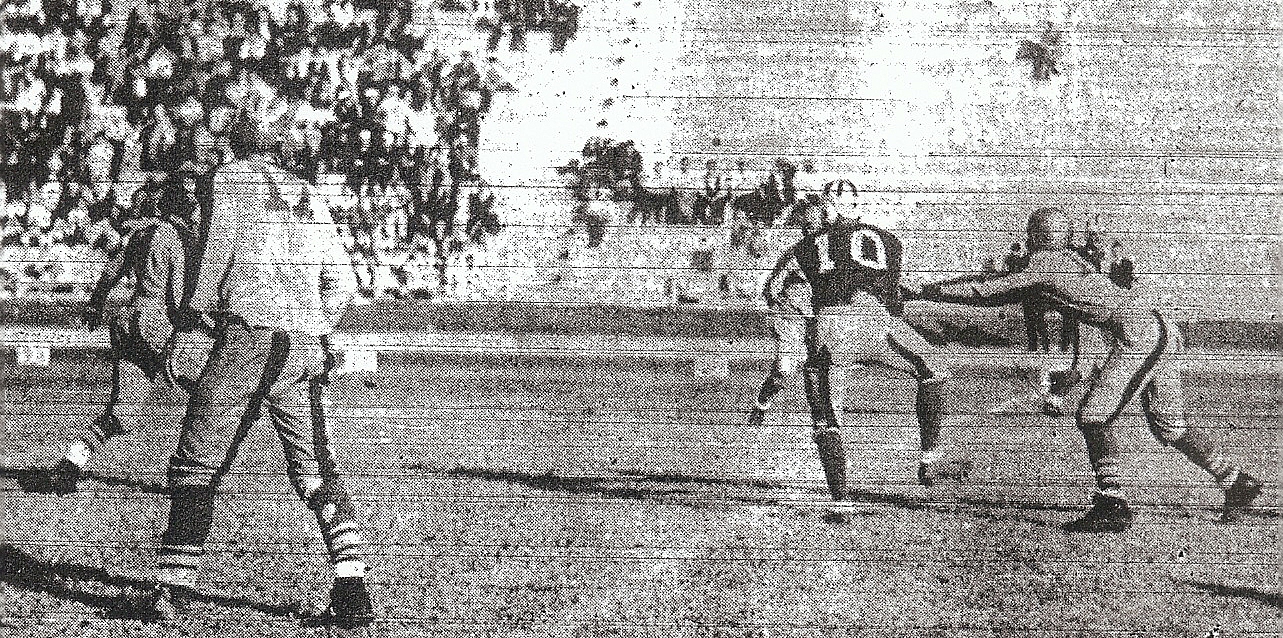
San Diego’s chances for a Coast League championship were erased when the Cavemen dropped a 14-7 decision to Alhambra and were tied by Long Beach Wilson, 6-6. Poly rallied to win the league title and defended its Southern Section championship.
CULTURAL EXCHANGE
San Diego arrived in Arizona a day early to play Phoenix Union for the seventh consecutive season.
The Hilltoppers visited the campus, were welcomed into classrooms by teachers and students, invited to take part in a class discussion, and to give short talks about their high school.
Joe Savage’s 94-yard run put San Diego in front and the Cavemen went on to defeat Phoenix Union, 27-0, before 8,000 persons.
The 135-pound Savage, said Mitch Angus of The San Diego Union, “is bringing back memories of former Hiller greats Cotton Warburton, Russ Saunders, and Ambrose Schindler.”
Glenn Broderick drove from San Diego a couple weeks earlier to sign a contract for the game and to scout the Coyotes when they played Santa Barbara.
No word on whether Broderick took a side trip to Tucson, 80 miles away, to visit relatives. Broderick attended Tucson High.
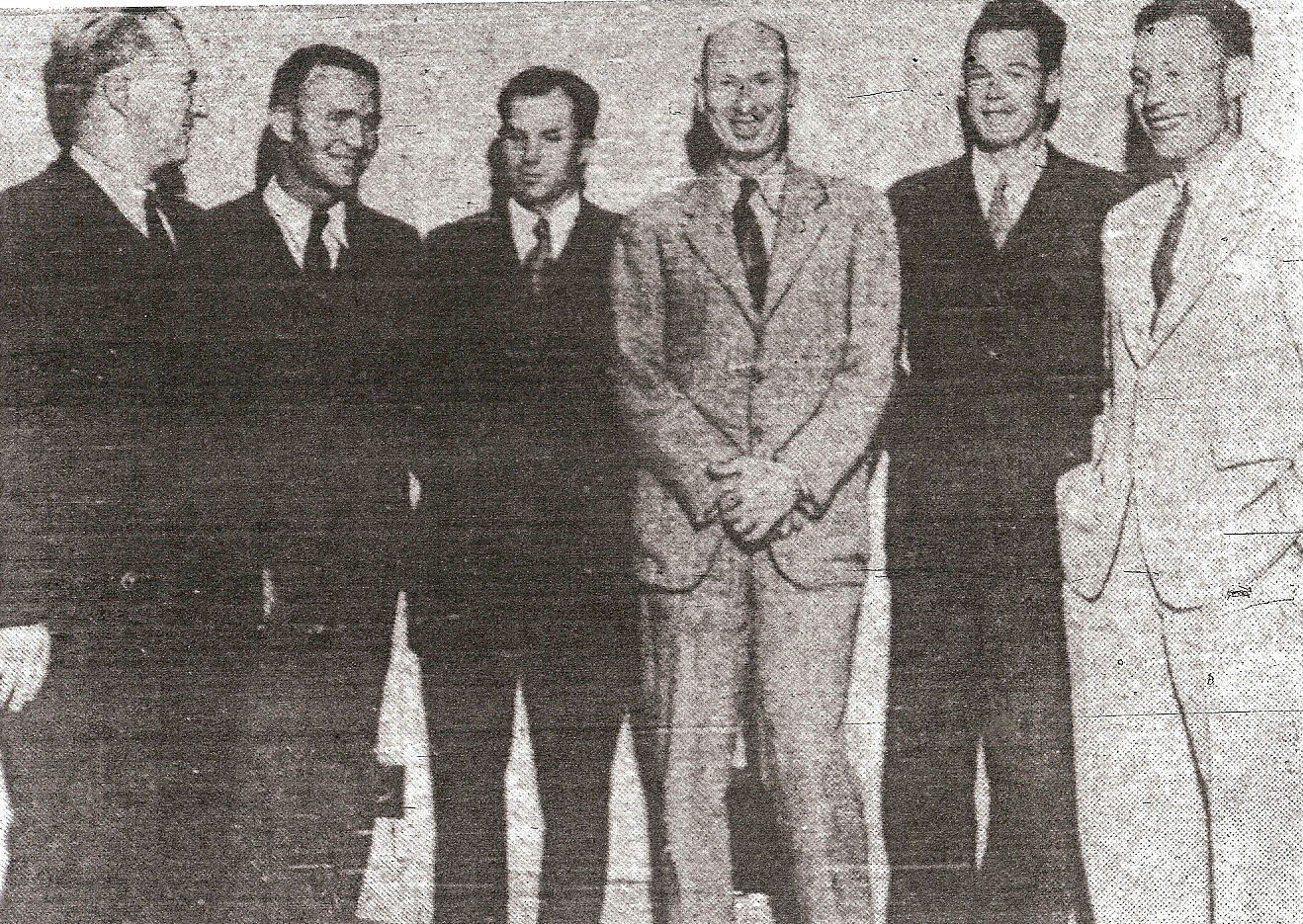
IRON BULLDOGS
Ed Covington must have had a mixup in schedules, although that didn’t deter the veteran Calexico coach. Or maybe this was the way Covington was preparing his team to defend its Imperial Valley League championship.
The Bulldogs made the long trip from the Valley and defeated Sweetwater 13-2 on Friday afternoon, hung around Friday night, and returned Saturday afternoon to shut out Army-Navy, 13-0.
CORONADO BOSS STEPS DOWN
A.E. (Amos) Schaefer retired to administration at Coronado after the season.
Schaefer became the Islanders’ principal and eventually the school district superintendent.
The Islanders were only 2-5 in 1936 but Schaefer’s 11-season stand included nine consecutive first or second-place finishes in the Southern Prep and Metropolitan leagues from 1926-34.
Known for driving defensive coaches to the brink with an offense featuring double and triple reverses, Schaefer’s teams fashioned a 55-25-5 (.676) record.
BITE-SIZED
Oceanside’s Billy Meredith lost a tooth in a midweek practice collision, then retrieved the errant incisor, and walked over to the student manager. “Here,” said Meredith, “keep this for me.”
13-0 or 19-0?
Dick Longtin scored three touchdowns and a point after in Hoover’s 13-0, season-opening win over Burbank.
You’re right, the math doesn’t work.
Actually, Longtin’s touchdown at the end of the first half lasted only through the intermission. Game officials notified those in attendance at Hoover at the beginning of the third quarter that the half ended before the touchdown.
Where’s the timekeeper?
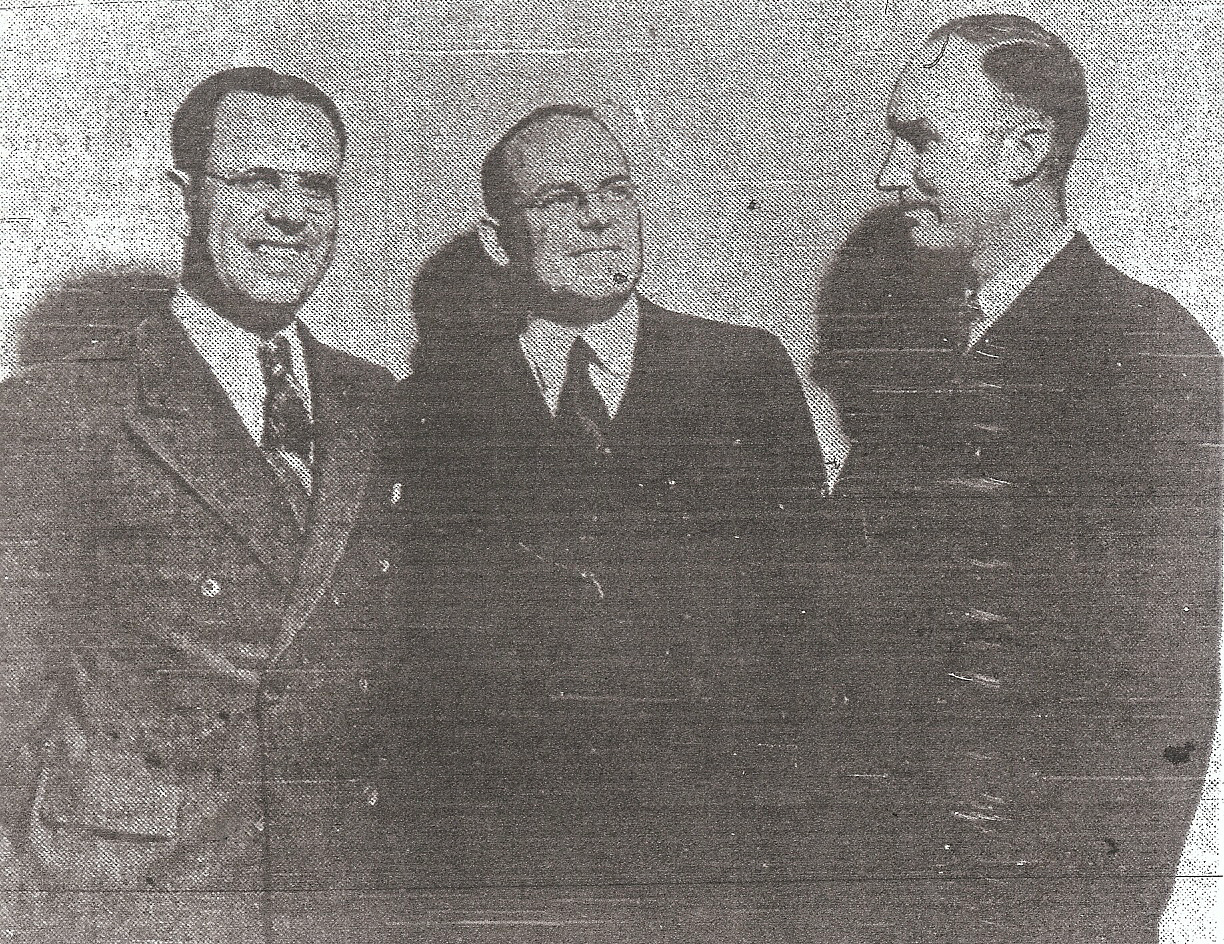
SIGNS OF THE TIME
–A well-traveled stretch of “Roller Coaster Road”, as El Cajon “Avenue” was known to most San Diegans, was scheduled to be paved from Texas Street to Euclid Avenue. The Daley Corporation submitted a winning bid of $283.000.
–The “Hard of Hearing Club” held an open house at 3843 Herbert Street, Hillcrest. Many in the group complained that they had not heard about the event.
–A typewriter and clarinet apparently were not enough for thieves, who returned two weeks later to the Lakeside home of R. G. Denlinger. The thieves moved out most of the home’s furnishings, while the family was attending a movie, according to deputy sheriffs.
TRUE GRID
There now were 113 schools and 18 leagues in the CIF’s Southern Section…Bob Breitbard was a 180-pound offensive lineman at Hoover, destined to become a Cardinals coach and the head coach at San Diego State before embarking on a career in sports, beginning with the creation of the Breitbard Hall of Fame in 1946 and the San Diego Hall of Champions in 1961…end Al Perroddi was late to fall practice at San Diego, staying out of school to deliver ice…players weren’t the only late arrivals…assistant coach Lawrence Carr was returning from a European vacation after coaching La Jolla to a 9-0 record in 1935 and then moving to Hoover…Grossmont coach Jack Mashin and Coronado mentor Hal Niedermeyer attended the Summer Olympics in Berlin…”American sportsmanship throughout the games was of the highest type,” said Mashin…unknown pranksters lit several firecrackers that startled the Hoover crowd during the first quarter of the Redbirds’ opener with Burbank…Hoover’s game with Redlands was postponed because of rain, and then canceled when the Cardinals’ field still resembled a swimming pool after more heavy rains…Grossmont players were guests of the La Mesa Masons, who showed a film of the 1936 Stanford-Southern Methodist Rose Bowl game…Warren and Duncan Wexler, sons of Escondido coach Harry Wexler, started for dad at halfback and quarterback, respectively…Long Beach Wilson’s Norman Standlee, a future NFL star and member of Stanford’s 1941 Rose Bowl champion, scored three of the Bruins’ four touchdowns against Hoover and punted out of bounds on Hoover’s half-yard line…the punt was 76 yards from scrimmage and 85 from launching point…Dave Gonzalez’ 30-yard touchdown pass to Menlo Martinez on the final play of the game gave Sweetwater a 12-6 victory over St. Augustine… the Red Devils’ victory was due largely to the play of Dunbar, 240-pound tackle who “steamrollered his side of the line in determined fashion,” according to the San Diego Sun report…Sweetwater introduced a 50-member band in full uniform when it met Calexico…Joe Savage ran 80 yards for a touchdown and threw for two as San Diego topped Santa Ana 19-6…San Diego end Ed Becker made the all-Southern California first team, the only area player so honored….